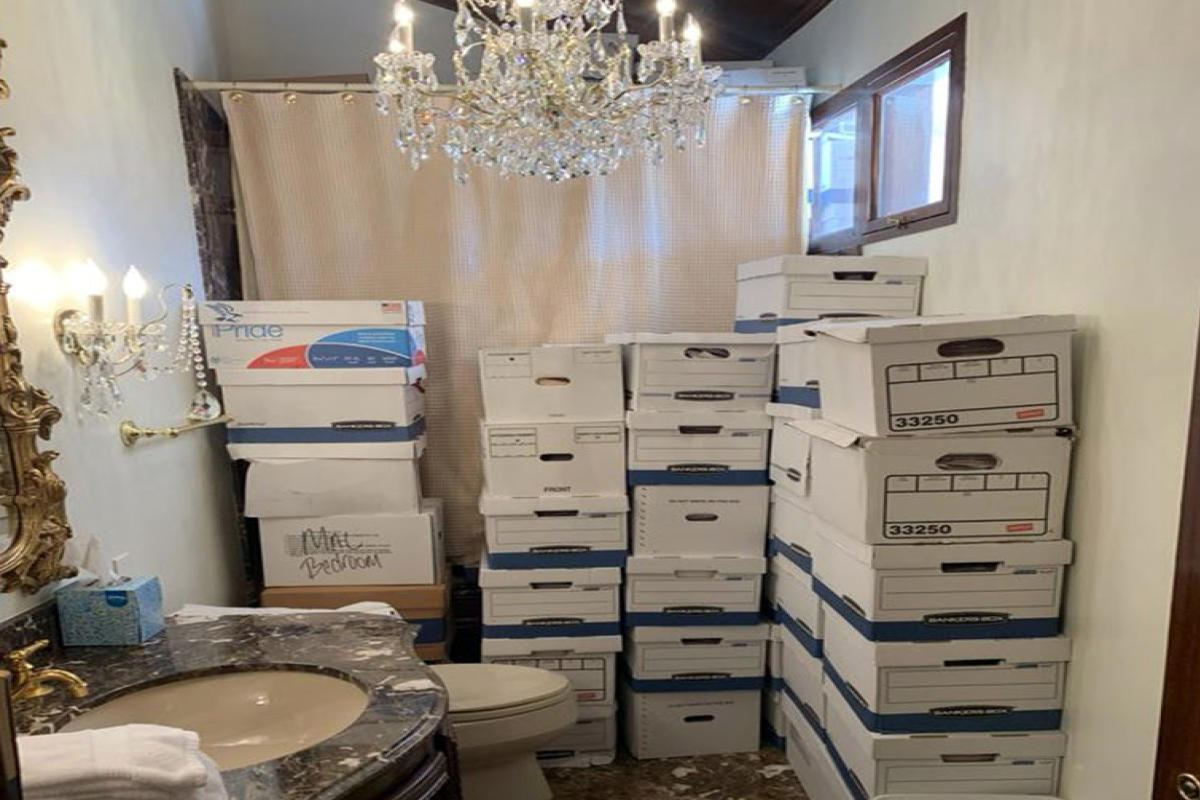-
In the Benin city of Abomey, there are two funerary huts reportedly made from human blood—the result of a voodoo sacrificial tradition.
-
French archeologists have now analyzed the mortar of the structure and determined that it does contain hemoglobin and immunoglobulin from chickens and humans, revealing intimate details of this bloody tradition.
-
The researchers also unexpectedly discovered the presence of wheat, which could point to a cultural exchange among France’s and Benin’s ruling class.
Benin, a small West African country along the Gulf of Guinea, is the historical birthplace of one of the world’s oldest religions: voodoo. This animistic religion has roots that trace back thousands of years, but it’s closely associated with the Kingdom of Dahomey, a West African state that existed from 1600 CE until 1904. The kingdom’s twelve kings ruled from Abomey—a city northeast of the present-day capital of Porto-Novo—and while Dahomey was known for its militaristic culture, the kingdom’s ninth ruler, Ghezo (sometimes spelled Gezo), developed a particularly bloodthirsty reputation.
Dahomey’s leader from 1818to 1852, Ghezo’s decor matched his militaristic ambitions. The alley leading to his hut was supposedly paved with skulls and his throne rested on the bones of his enemies. Legend says that even funerary huts inside Ghezo’s palace (part of a UNESCO World Heritage Site) were constructed using mortar derived from the blood of 41 sacrificial victims (41 is an important number in voodoo). Now, French archeologists have put the myth to the scientific test, and it turns out the legends are true. The results of the study were published last week in the journal Proteomics.
“We conceived an original strategy to analyze the proteins present on minute amounts of the cladding sampled from the inner facade of the cenotaph wall and establish their origin,” the authors wrote in the study. “Several indicators attested to the presence of traces of human and poultry blood in the material taken.”
These two funerary structures were originally erected to remember Ghezo’s father and previous king, Adandozan. The researchers note that the building was strange for its choice of materials—instead of the usual mortar found in similar buildings, these structures used red oil and lustral water mixed with human blood that was likely obtained from enslaved peoples or captives of enemy populations. The researchers used a method known as metaproteomics, which studies protein samples recovered from specific environments, and reached their grisly conclusion using nucleic acid sequencing. This uncovered that both human and chicken hemoglobin and immunoglobulin could be found in the building’s binding materials.
“This insightful metaproteomics analysis of a wall sample from a royal tomb made it possible to confirm not only the presence of human blood, but also to reconstruct entire sections of the ritual of consecration and/or maintenance of vitality corresponding to voodoo beliefs,” the paper states. “The detection of specific proteins such as those indicating the presence of blood is a strength of the approach, a result that cannot be obtained by metagenomics.”
One surprising twist into this analysis of the house that blood built is that the mortar also contained traces of wheat—a crop that wasn’t grown in the region until long after Ghezo’s rule. The researchers’ theory is that Ghezo, a well-known fan of his French counterpart Napoleon III (he even enrolled his sons in a French school in Marseille), may have obtained flour and wheat amidst this cultural exchange and included the rare items in these structures as part of the sacrifice.
While this study was limited to a small sample from the funerary hut, the researchers believe a comprehensive study of the entire structure could provide more insight into their gruesome composition.
You Might Also Like
Signup bonus from




